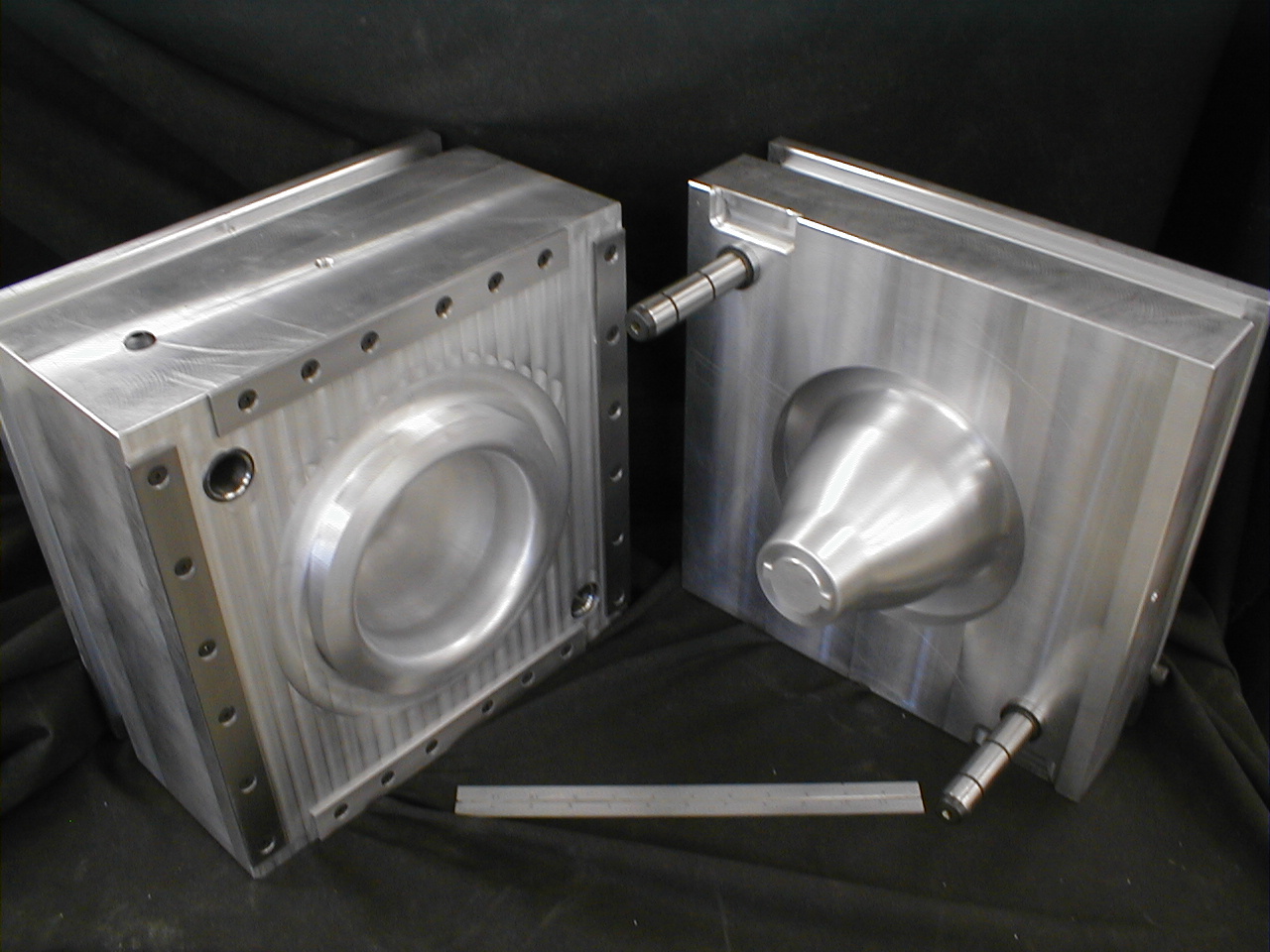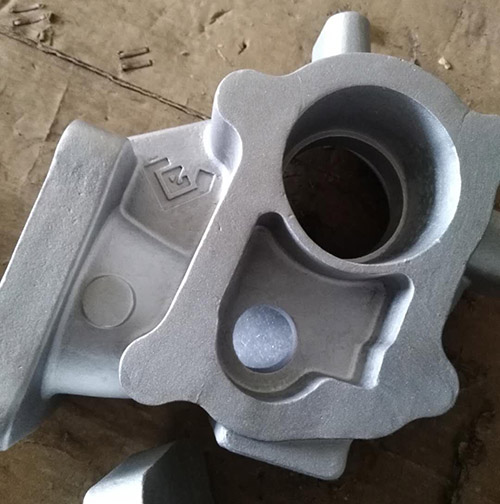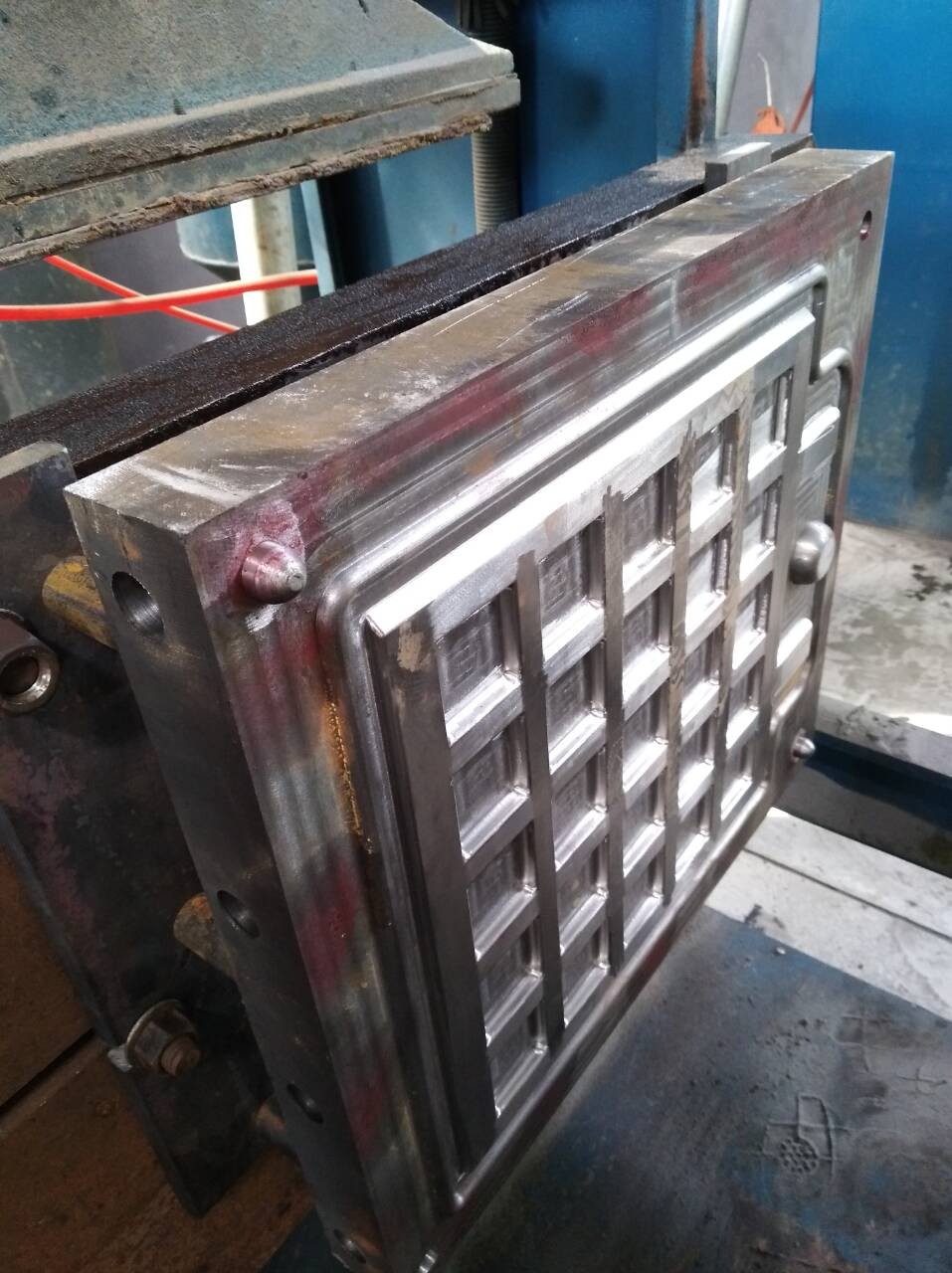Mold making, pattern making
Mold making, Pattern making

When making a pattern it is best to taper the edges so that the pattern can be removed without breaking the mold. This is called draft. The opposite of draft is an undercut where there is part of the pattern under the mold material, making it impossible to remove the pattern without damaging the mold.
The pattern is made out of wax, wood, plastic, or metal. The molds are constructed by several different processes dependent upon the type of foundry, metal to be poured, quantity of parts to be produced, size of the casting, and complexity of the casting. These mold processes include:
Sand casting — Green or resin bonded sand mold.
Lost-foam casting — Polystyrene pattern with a mixture of ceramic and sand mold.
Investment casting — Wax or similar sacrificial pattern with a ceramic mold.
Ceramic mold casting — Plaster mold.
V-process casting — Vacuum with thermoformed plastic to form sand molds. No moisture, clay or resin required.
Die casting — Metal mold.


